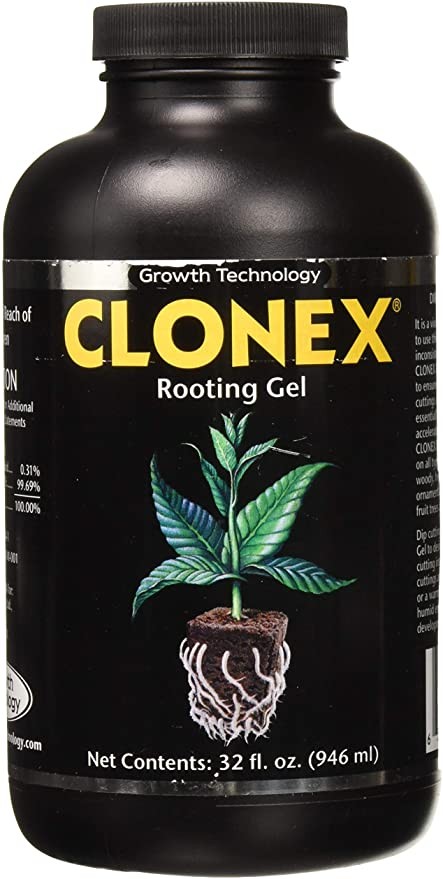


I want to build a Aluminium Gewächshaus, Garten Treibhaus Mod.02: : Garten in my shop for easy clima-controll, or better say for more easyįor the first week to 10 days of the clones -> I am going to start a Business in europe with seedings and rootingsĪnd im deciding about my Setup, perhaps u have a couple of min to share there i have only read the informations, but the opinions are very different Helloo dude thx for your answer ! may i can ask u some questions about it ? cause i have grow-knowledge but with clooning i have no expierience. Keep the dome on until you can take it off for a few hours and they don't wilt. If they hold up and don't wilt, that's good. After about a week you and move them into a little more light. If you put too much light on them, they start to get wilty. I let it only get ambient light for the first week. Also, if we hit it with nutrients and or too much light, too soon, we may stunt it's growth. if it is too early, the leaves will wilt because the root structure can't provide enough water to the leaves. A good test is to see if the plant wilts when taking it out of the humidome. If you see many roots out the bottom and sides of the rockwool cube, it is probably ready. How do we know when the plant is ready to transplant, feed nutrients, and ready for vegetative growth? Sometimes we see one root out the bottom and then get too excited, thinking it is ready for nutrients and vegetative growth. > When you see lots of roots, you can take them out of the humidome and transplant. That reminds me of something I should have expanded on above: I don't think this is the time to be air pruning roots Of course this is true with the little 2" rockwool cubes as well. The roots quickly grow out of the rapid rooter and then slow down when they hit air. I like to use a bigger area for roots to grow. The rapid rooter's hole is a little too big at the top (at least the ones I have are) so it does not fully surround the stem when inserted.Ģ. I have used the rapid rooters with success as well, but I like the rock wool a little better for two reasons.ġ.

Clonex rooting gel (other gels will work too) Labels to label your clones so you know what is what optional: any kind of beneficial bacteria (great white, roots excelurator, soluble mycos, etc)į. Aquashield or voodoo juice (same thing)ĭ. Bloom formula nutrients (general hydroponics, fox farm, any will do)Ĭ. If you're using tap water, aerate* the water for a few hours first.ī. The reason is because most tap water contains chloramines and chlorine, which may kill the beneficial bacteria (that accelerate root growth). It is better to use distilled water for clones. 1/2 gallon of Reverse Osmosis or Distilled water. Prepare your work area and gather the necessary items:Ī. It's CHEAP! No pump or sprayers or plumbing, etc, to buy.ġ. Whether you are planting in dirt, hydroton, or more rockwool, after your clone roots, you can go to any growing medium with no transplanting shock.Ĥ. No wires, no electricity, nothing to go wrong.ģ. If done properly, you won't have to touch your clones for TWO weeks.Ģ. This method works for me, 100% of the time, and it can work for you too if you follow this recipe.įirst, I'll tell you why I like cloning in rock wool, better than an aeroponic cloner:ġ. There are several tutorials on this site about cloning in rockwool, and my method isn't much different than most of them, but I'll show you DETAILED step by step how I do it (and why I do this or that), from start to finish. If you're on a budget and you don't have $250 bucks for a new aeroponic cloner, you might want to try cloning in rock wool.


 0 kommentar(er)
0 kommentar(er)
